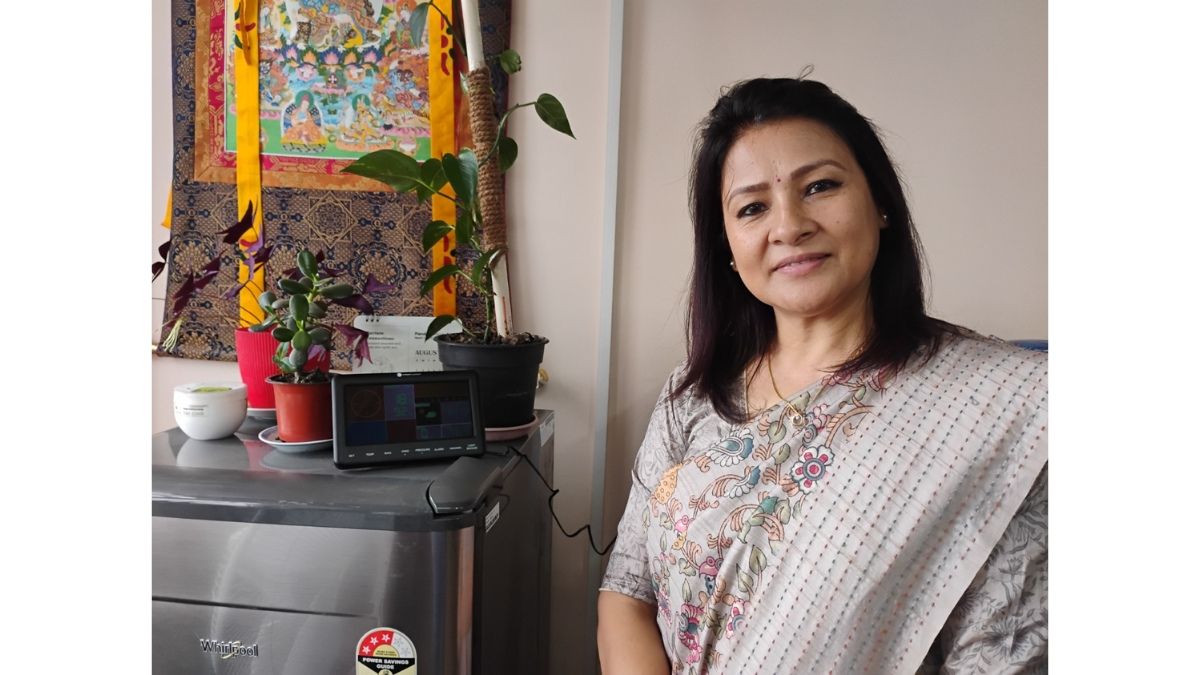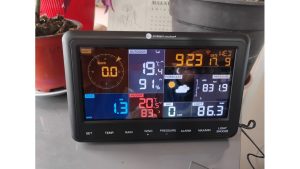
Every year, extreme weather events are becoming more frequent and unpredictable, testing the resilience of mountain communities. Yet, amid this uncertainty, one thing is becoming clear: investing in preparedness saves more lives and resources than responding after a disaster strikes. This is the message behind this year’s International Day for Disaster Risk Reduction, themed “Fund Resilience, Not Disasters.”
In Sikkim, this philosophy is already taking root through innovations that merge technology, education, and community action. This year, on September 18, Chief Minister Prem Singh Tamang inaugurated an Automatic Weather Station at the SSDMA office in Gangtok. On the surface, it is a piece of advanced equipment that captures real-time weather data. But its meaning goes far beyond numbers.
Just a few kilometres away, students at Modern Senior Secondary School in Tathangchen are part of what is called the “Sunny Weather Labs.” These labs, set up by SEEDS in collaboration with local leaders, are small school-run weather stations designed to generate micro-level weather data. The first labs were launched in Sikkim in March 2020, and since then, every morning, children take readings, record rainfall, track wind shifts, and even sketch graphs on their classroom blackboards.

They bring these observations home, discussing them with families, creating a ripple effect of awareness across their neighbourhoods. Technology like the AWS strengthens this effort, turning grassroots observations into hyper-local advisories for both families and authorities.
Sunny Weather Labs also fit into a much larger ambition. SEEDS has long believed that resilience is built not just through large-scale infrastructure, but through everyday engagement with risk. By creating citizen scientists at a young age, the program lays the foundation for communities that are more alert, informed, and ready to act. At the same time, the micro-data generated has the potential to feed into bigger technological solutions, including the use of artificial intelligence to identify households most at risk from storms, heatwaves, or floods.
While the initiative begins at the grassroots with young citizen scientists, its impact reaches far beyond. The Sunny Weather Labs initiative aligns with Microsoft’s AI for Humanitarian Action program, which seeks to apply technology to some of the world’s most pressing challenges, including climate change and disaster response. Taken together, these efforts open up a new frontier: AI for communities. When artificial intelligence is placed directly in the hands of those most affected – villagers, teachers, local leaders, frontline workers – it turns technology into a powerful tool for everyday resilience.
If decision-makers, managers, and frontline workers are skilled in AI, the impact can be multiplied many times over. Real-time analysis of weather patterns, predictive mapping of vulnerabilities, and hyper-local advisories could become a routine part of community life. What Sikkim has already demonstrated through its labs and early warning systems can be taken much further with AI, scaling preparedness and empowering people at every level.
This is more than an upgrade in technology – it is a game changer for building climate and disaster resilience at the community level. And in the wider context of humanitarian action, it offers a model that can be replicated across other vulnerable regions.
As the world marks the International Day for Disaster Risk Reduction, it is time to rethink how we allocate resources. True resilience does not start in response budgets. It starts in classrooms, community centers, and labs like these. If we are to “fund resilience, not disasters,” we must invest in local innovations that equip vulnerable communities with the knowledge, tools, and technologies to face the next storm before it arrives.
